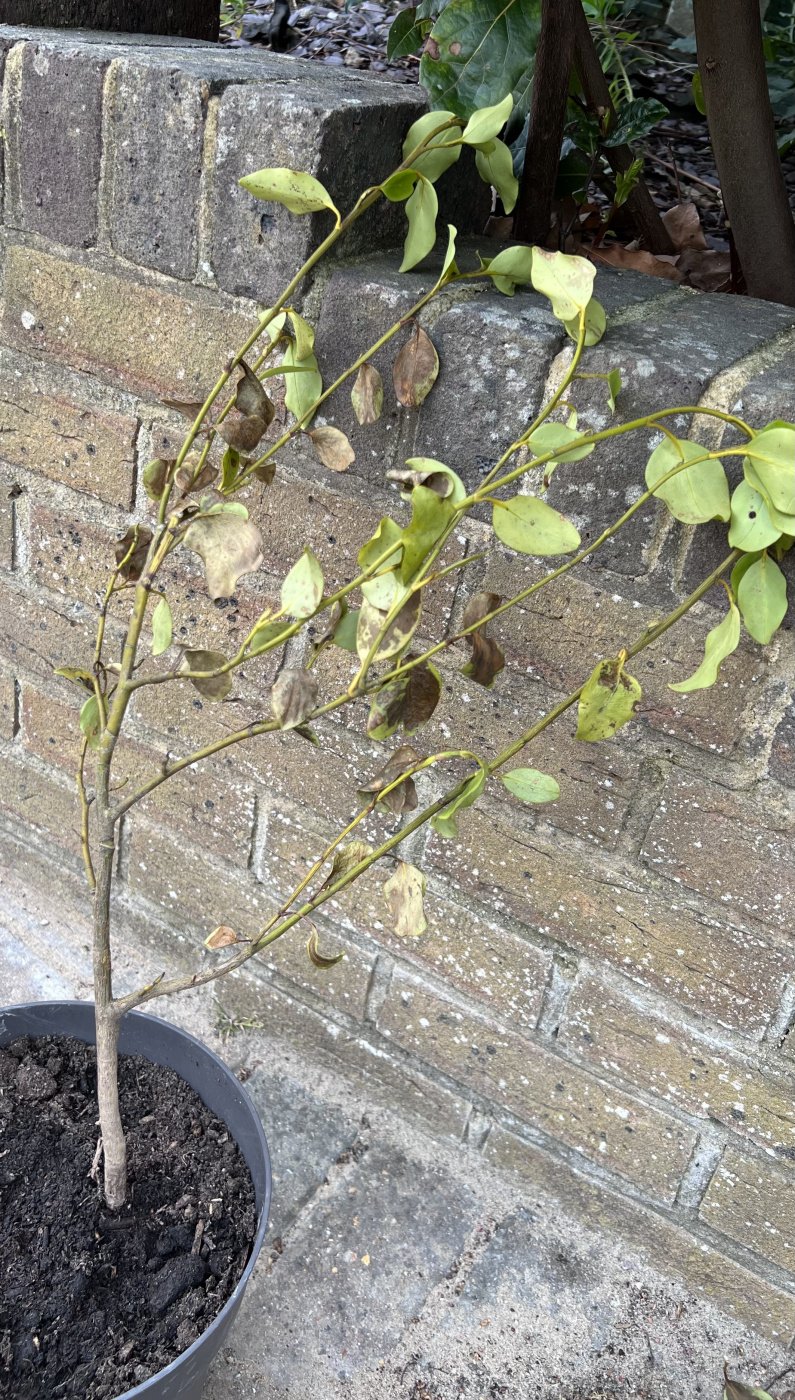This Forum will close on Wednesday 27 March, 2024. Please refer to the announcement on the Discussions page for further detail.
griselinia littoralis

I had a new griselinia hedge planted by a gardener. The two on the end seem to be dying and the rest are not looking so good either. I’ve dug one out and put it in a pot as the end two, worst affected, were very close together. How can I help them please?
0
Posts
However, may I also suggest that you speak to the gardener about the source of these plants as they may have already been infected before being planted in your garden. Not an easy situation to deal with! If he is reasonable, he should seek recourse from the supplier on your behalf.
Did he/she not give you any info on aftercare?
A photo of the rest of the hedge would also help, and info about how the ground was prepped, and when they were planted. Were they pot grown, or bare root?
I live in west central Scotland - not where that photo is...
If your rose nearby is well established, I wouldn't be concerned about any disease spreading now that you have removed the damaged leaves.
Once your Griselinia gets established you will be pleased you have put it in that location in your garden - it makes a very attractive evergreen screen. I've been growing it for over 15 years as a hedge and as individual specimen shrubs and it has been very reliable and easy to maintain.